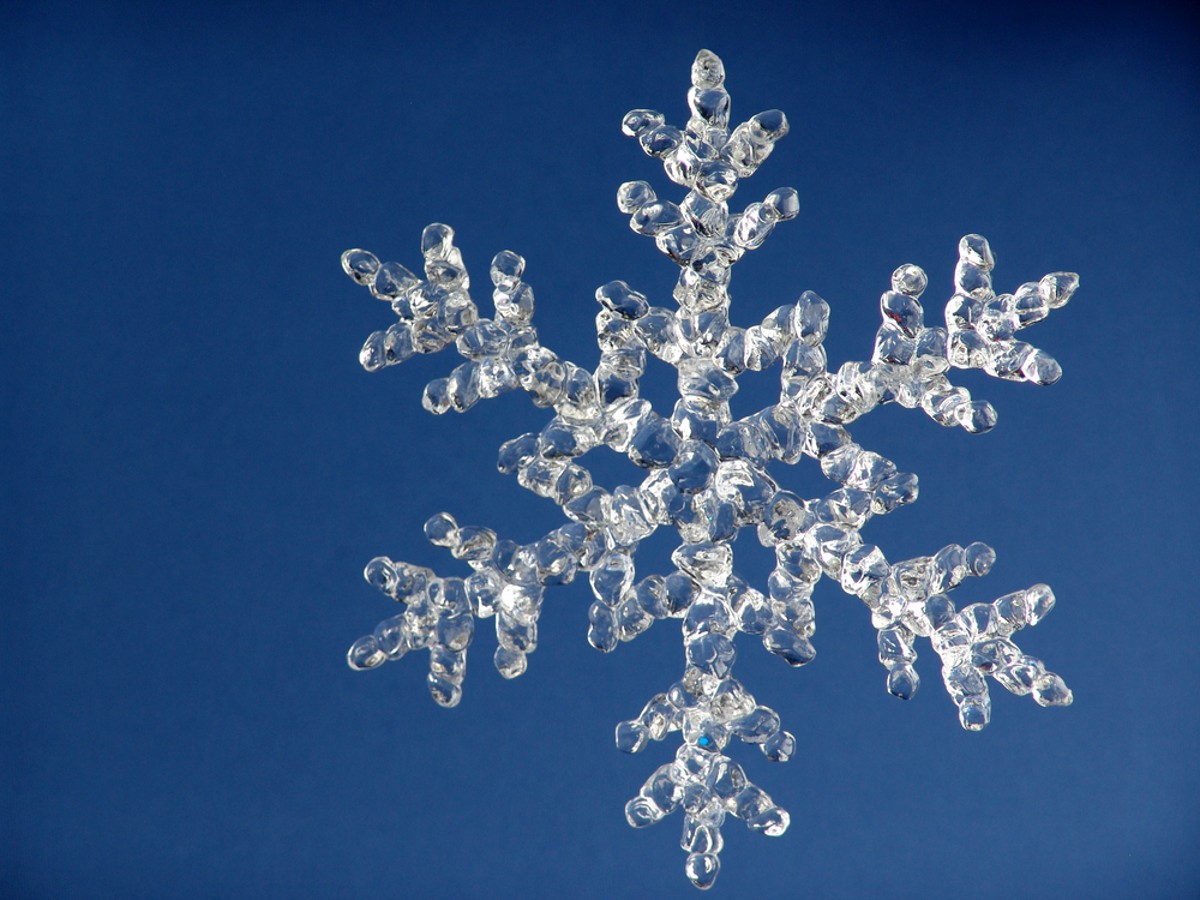Attention residents of northern Minnesota and northwest Wisconsin! The National Weather Service has issued a Winter Weather Advisory for your area. This means wintery conditions are expected, but they are not severe enough to warrant a Winter Storm Warning.
What is a Winter Weather Advisory?
A Winter Weather Advisory is issued by the National Weather Service to warn residents of potential winter weather hazards. These hazards can include snow, sleet, freezing rain, blowing snow, or a combination of these elements. While the conditions may not be life-threatening, they can still make travel dangerous and disrupt daily routines.
The impacts of winter weather can vary depending on the specific conditions. Some potential dangers include:
- Slick roads leading to increased risk of accidents
- Reduced visibility due to snowfall or blowing snow
- Power outages caused by ice accumulation on trees and power lines
- Property damage from heavy snow or ice
Areas Affected by Winter Weather Advisory
The Winter Weather Advisory is specifically in effect for the following areas:
- Northern Minnesota: This includes counties along the Canadian border and stretching southward. Be sure to check your local National Weather Service office for specific details regarding your area.
- Northwest Wisconsin: Similar to Minnesota, counties bordering Minnesota and stretching south are under the Advisory. Again, consult your local National Weather Service office for the most up-to-date information.
How to Prepare for Winter Weather?
Even though a Winter Weather Advisory isn’t as serious as a Winter Storm Warning, it’s still important to be prepared. Here are some steps you can take to stay safe and minimize disruptions:
- Insulate your home: Make sure your windows and doors are properly sealed to prevent drafts. Additionally, consider adding insulation to your attic and basement to retain heat.
- Service your heating system: Schedule a maintenance check for your furnace or boiler to ensure it’s operating efficiently.
- Stock up on supplies: Have enough non-perishable food, bottled water, and medications on hand to last for several days in case of power outages or road closures.
- Prepare your vehicle: Check your tire pressure and tread depth. Ensure your windshield wiper fluid is topped off and consider having an emergency car kit readily available.
- Protect your pipes: Insulate exposed pipes, especially those in crawl spaces or unheated areas, to prevent them from freezing and bursting.
- Practice fire safety: During winter, people tend to rely more on fireplaces and space heaters. Make sure these devices are properly maintained and functioning correctly.
Conclusion
By following these tips and staying informed about the latest weather conditions, you can stay safe and minimize disruptions during the winter weather advisory. Remember, even seemingly minor winter weather events can be dangerous. Be prepared and stay cautious!



